Daily life and rituals
Daily life and rituals
Daily life and rituals
By Miriam Bell
In Judaism, it is believed that adherents must serve God through faith, study, prayer, kindness towards others and the observance of the commandments laid out in the Torah. Jewish rituals and religious observances are grounded in Jewish law (Halakhah – which means “the path one walks”). Here, Miriam Bell outlines the key rituals of Jewish faith.
Central to Judaism, Halakhah is a complex framework of commandments combined with rabbinic laws and traditions. Halakhah governs not just religious life, but daily life, and covers everything from how to dress to what to eat to how to help the poor. It is believed that observance of halakhah shows gratitude to God, provides a sense of Jewish identity and brings the sacred into everyday life.
Jewish law - Halakhah
Halakhah is the Jewish law that the Rabbis interpret from the written Torah and the oral law contained in the Mishnah and Talmud.
Jewish religious writings are made up of the books of the Torah, the Prophets and the Writings.
© Ilan Wittenberg http://ilanwittenberg.com/
Detail of Torah Scrolls.
Photography by Stephen Robinson.
© Jewish Lives
The Mitzvot or “commandments” (mitzvah is its singular form) refer to the divine commandments given by God in the Torah. Their observance is considered to be crucial in Judaism.
According to the important 12th century Rabbi Maimonides there are 613 commandments in the Jewish Bible.
Alongside the mitzvot, halakah incorporates a vast body of rabbinical rules and laws. These rules and laws are elaborated in the Talmud – which was developed by Jewish religious scholars in the centuries after the Romans destruction of the Second Temple in Jerusalem c 70 CE.
The Talmud is made up of two books. The six volumes of the Mishnah record and preserve the canon of Jewish religious legislation, laws and customs. The text of the Gemara is the recorded commentaries, discussions, and debates contributed by rabbinical scholars. The Talmud remains a living source of religious study, thought and commentary.
While the observance of rabbinical laws is considered to be as crucial as observance of the mitzvot, there are some differences: Punishments for violating rabbinical laws are less severe. It is also possible, though unlikely, for rabbinical laws to be changed (but no rabbi can change the mitzvoth).
Life and worship
A great deal of Jewish religious observance is centred in the home. This includes daily prayers three times each day - in the morning (Shacharit), the afternoon (Mincha), and after sunset (Ma'ariv or Arvit).
Synagogues are for congregational prayer and study. On Mondays, Thursdays, the Sabbath, festivals and High Holy Days, the synagogue service includes readings in Hebrew from the Torah and the Prophets.
Detail of laying tefillin.
Tefillin are a set of small black leather boxes containing scrolls of parchment inscribed with verses from the Torah, which are worn by observant Jews during weekday morning prayers. Photography by Stephen Robinson © Jewish Lives
The synagogue service can be led by any knowledgeable member of the congregation. However, this function is usually performed by a rabbi, an ordained religious teacher who has studied in a Jewish religious seminary (yeshiva).
A rabbi is expected to conduct weekly or daily study sessions for members of the congregation. The rabbi can also be called upon to give informed decisions about the application of Jewish religious law and tradition to daily life. This may include adjudication of personal disputes.
If more serious matters and disputes arise - such as religious divorce – they are referred to a Beit Din, which is a Jewish religious court.
Jewish dietary laws
See Jewish Lives' Faith section, and look for “Kashrut: Keeping it kosher” for more information.
Brit Milah
Health permitting, all Jewish boys are circumcised on the eighth day after birth. Practiced since the days of Abraham, the Brit Milah is considered to be a physical sign of the Covenant. The circumcision must be performed by a trained and certified mohel, while the baby is held by a selected person (known as a sandek).
Bar and Bat Mitzvah
Bar and Bat Mitzvah are Jewish coming of age rituals. When a Jewish girl is 12, and a Jewish boy is 13, they become a full-fledged member of the Jewish community with the duties and responsibilities that come with it. On this occasion, the Bar Mitzvah boy is called up to read the Torah portion and the reading from the Prophets for the first time. In congregations where women participate in conducting the service, Bat Mitzvah girls are also called up to read from the Torah and the Prophets.
Bar Mitzvah
© Ilan Wittenberg http://ilanwittenberg.com/
Bat Mitzvah
© Ilan Wittenberg http://ilanwittenberg.com/
His list of those commandments can be found at https://www.the613commandments.com/The-List-of-the-613-Commandments.html
Maimonides also proposed the “13 articles of the Jewish faith”. They can be found at https://religionfacts.com/thirteen-articles-judaism
Image above header: Photograph reproduced here with permission by photographer Stephen Robinson. © Jewish Lives
This article first appeared on the Jewish Online Museum which was our founding website. With thanks to Rabbi Natti and Deb Friedler for their assistance in updating.
©Jewish Lives 2021







